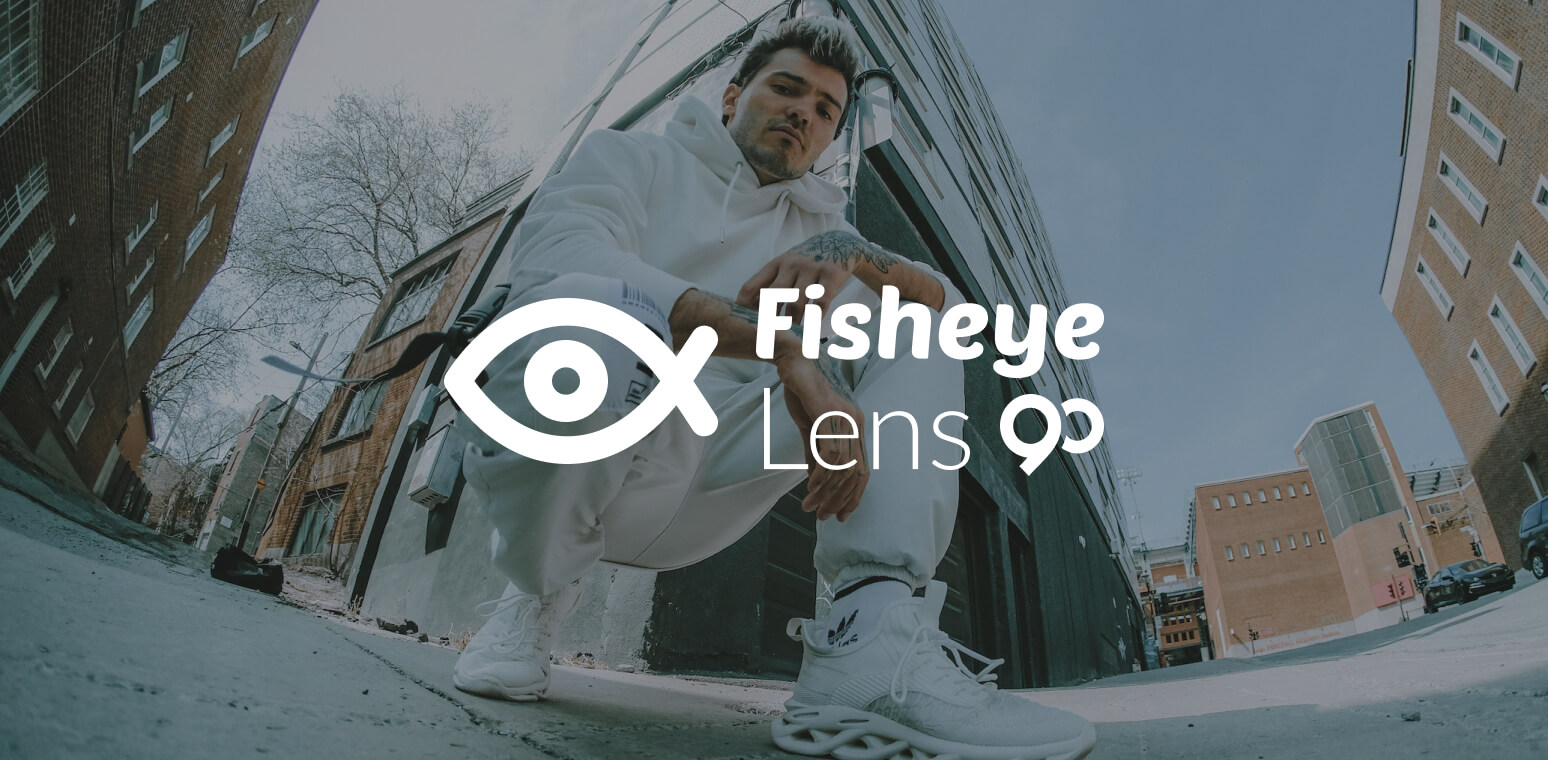Hi,
Get in touch with us today to chat about your next project.

A fisheye lens is like a wide-angle lens, but a lot larger. The shape of the lens causes the camera to produce images using extreme visual distortion so that they appear hemispherical or as very wide panoramas.
The lens got its name in 1906 based on how the physicist and inventor Robert Wood figured a fish would see the surface from beneath the water with a wide, hemispherical view.
Fisheye lenses are used extensively both in film and photography, often to evoke a sense of disorientation and/or to capture certain action shots. The finished shot can look as if the edges are wrapped into the sphere.
Fisheye lenses are a must for shooting extreme sports like skateboarding and parkour. This helps put shots into context and create “big air” around the subject, to fully capture their moves and show the viewer different perspectives.
A fisheye lens also enables the cameraman to get a wide panoramic view of the skater while keeping focus on the actual skateboard.
Extreme sports are likely the most common application for fisheye lenses, particularly in pro skateboarding where they are used consistently.
When filming an actor looking through the peephole of a door, a fisheye lens is needed because real peepholes are actual fisheye lenses themselves.
The hallway and the people staring back will need to look distorted just like they would in real life since it’d be incredibly difficult to film through a real peephole.
In real life, low-end security camera setups frequently use wide-angle lenses so that one camera can cover more ground than one fitted with a standard lens and multiple cameras are set up throughout the perimeter.
The actual footage often has a fisheye effect. Because of this, simulated security footage for film and TV is typically shot with a fisheye lens from the start to capture the wide views and unintentional distortion that real-life security cameras give off.
Because fisheye lenses are meant to make the shots feel disorienting, they’re sometimes employed when shooting scenes where the viewer is supposed to feel as disoriented as the character they’re currently watching.
If the character is waking up with a massive hangover and unsure where they are, a distorted world view is brought to the viewer through a fisheye lens.
The same goes for the character trying to make sense of a large and chaotic setting like a crowded concert or a party with illicit substances. Shooting the scene with a fisheye lens brings it to life without having to rely on after effects.